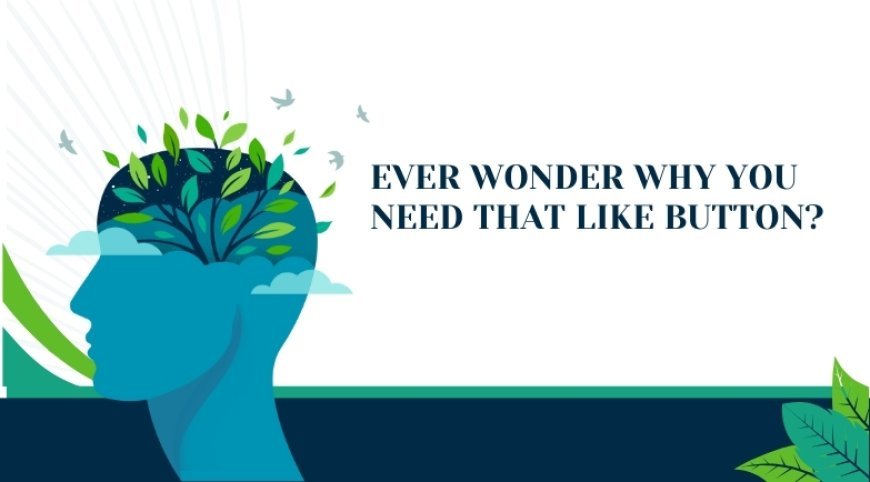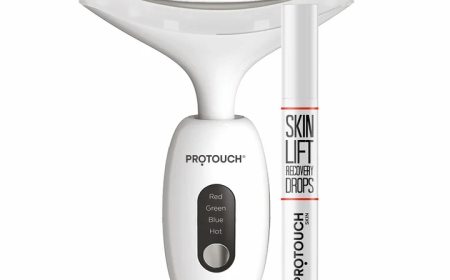2025 Trends: How Brands Are Using Social Validation to Build Trust
2025 trends reveal how brands harness social validation from micro-influencers to UGC—to build trust in IT. Discover next-gen strategies and real stories.

Introduction: When a Like Feels Like a Handshake
Picture this: youre scrolling through your favorite social media feed late on a Sunday evening. A clever ad catches your eye hundreds of likes, glowing comments, a handful of people tagging friends. Instantly, you feel a spark of confidence. If all these people trust it, maybe I can, too. That moment? Its the power of social validation in action brands leaning on the crowds nod to turn casual browsers into loyal customers. In 2025, this tactic has evolved into an art form. Let me walk you through how the biggest names in tech and beyond are weaving social media feedback, user stories, and even deep insights from home psychology into strategies that dont just sell products, but build genuine social approval-fueled trust.
1. From Likes to Loyalty: The New Trust Economy
Back in the early days of the Internet, trust was built through glossy testimonials or a single celebrity endorsement. Fast forward to 2025, and consumers crave social proof from people like me. Brands are embedding real-time review feeds directly on landing pages, and using AI to curate hyper-relevant customer success stories. This shift isnt just about technology it taps into our wiring for social validation, a need rooted in our evolutionary past. When we see peers praising a product, our brain registers safety, approval, even a twinge of belonging.
Example: A leading cloud-security firm now highlights not only customer logos but dynamic quotes from IT managers at companies of your size. Suddenly, onboarding feels less like a leap of faith and more like following a trusted colleagues recommendation.
2. Storytelling with User-Generated Content (UGC)
Brands have always told stories, but now theyre letting customers take the mic. User-generated content photos, videos, tweets becomes a living, breathing community gallery. This not only amplifies authenticity but lets buyers see what life with a product really looks like.
Take the rising wearable-tech brand AuraBand. Instead of polished models, their Instagram features snapshots from real users: a stay-at-home mom tracking steps while juggling toddlers, a freelancer monitoring stress between deadlines, even a granddad sharing daily heart-rate wins. By showcasing everyday heroes, AuraBand taps into adult relationships the bonds we share around common goals and highlights how technology can support them.
3. Micro-Influencers and Niche Communities
If macro-influencers were the rock stars of 2020, micro-influencers are todays indie heroes. With followings between 5,000 and 50,000, they offer niche expertise, whether its sustainable coding practices, retro-tech restoration, or mental-health advocacy. Brands partner with these trusted voices to reach highly engaged pockets of users who value authentic connections over mass appeal.
Why it works: Smaller audiences often interact more deeply. The micro influencer is perceived less as a marketer and more as a friend giving social approval and when they vouch for a service or tool, that recommendation carries weight.
4. Beyond the Screen: Offline Social Proof in 2025
Even in our digital age, face-to-face moments still matter. Some forward-thinking brands host micro-meetups, hackathons, and local workshops events that blend home psychology insights with community building. By inviting prospects into an environment where they can see and touch products, share experiences, and hear unfiltered endorsements, they forge bonds that no online review can match.
Real-World Snapshot: A Bangalore-based SaaS startup began hosting monthly Coffee & Code mornings. Prospective clients mingle with current users, demo stations let attendees tinker hands-on, and candid roundtable chats allow honest feedback. The result? A 30% uptick in trial-to-paid conversions and a network of brand advocates ready to spread the word in their own social validation circles.
5. Healing the Trust Deficit: Addressing Psychological Roots
Trust isnt built overnight especially for consumers whove been burned in the past. Brands in 2025 are smartly integrating lessons from childhood trauma research and adult relationships psychology to foster safe, empathetic outreach.
Transparent policies: Clear, jargon-free return and privacy policies ease anxieties rooted in past disappointments.
Emotional storytelling: Ads that acknowledge real fears (fear of failure, fear of being judged) resonate more deeply, mirroring the kind of validation we might seek in friendship or therapy.
Community support forums: Spaces where users can ask questions, troubleshoot together, and cheer each other on mirroring familial support structures and satisfying our craving for social approval.
By leaning into home psychology the emotional underpinnings of our behaviour brands become more than vendors; theyre companions on lifes journey.
6. Data Ethics and the Future of Credibility
Consumers arent blind to data manipulation. In 2025, trust also hinges on ethical use of social media analytics and customer data. Brands that are transparent about how they gather, analyze, and protect user insights score major trust points.
Opt-in social tracking: Giving users control over what metrics they share in exchange for personalized experiences.
Anonymized success metrics: Sharing aggregated performance stats like 95% of users saw a 20% productivity boost without exposing individual data.
This ethical backbone ensures that when a brand touts social proof, its perceived as genuine, not engineered.
Conclusion: Your Next Move in the Trust Game
As you explore your IT career, remember: technology may power these trends, but people power the trust behind them. Whether youre drafting UGC integration specs or sketching out the next micro-influencer campaign, anchor your work in real human needs for connection and approval. Start small maybe add a customer spotlight carousel to your next demo, or host a virtual roundtable. Each step you take in prioritizing social validation with empathy and integrity will not only boost brand credibility but enrich the communities you serve.

































